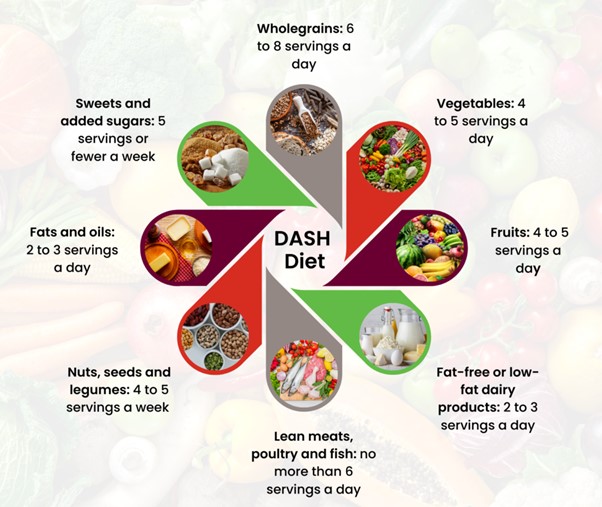A client who haemorrhaged following surgery has a haemoglobin of 10 g/dl. (6.21 mmol/L) and a haematocrit of 36% (0.36 volume fraction) 48 hours later. The client has now progressed to a soft diet and is eating oatmeal for breakfast. Which beverage should the nurse encourage this client to drink to increase iron intake?
Reference Ranges
Haemoglobin (Hgb) [Reference Range: Male: 14 to 18 g/dL or 8.7 to 11.2 mmol/L]
Haematocrit (Hct) [Reference Range: Male: 42% to 52% or 0.42 to 0.52 volume fraction)
Coffee.
Hot tea.
Orange juice.
Apple juice
The Correct Answer is C
Choice A
Coffee is incorrect. Coffee can inhibit iron absorption and is not a good choice for increasing iron intake.
Choice B
Hot tea is incorrect. Similar to coffee, some compounds in tea can interfere with iron absorption, making it less optimal for increasing iron intake.
Choice C
Orange juice is correct. Orange juice is a great choice as it is high in vitamin C, which can enhance the absorption of iron from plant-based sources like oatmeal. The vitamin C in orange juice helps convert non-heme iron into a form that is more easily absorbed by the body.
Choice D
Apple juice is incorrect. While apple juice is a source of fluids, it doesn't provide the same level of vitamin C as orange juice, which is important for enhancing iron absorption.

Nursing Test Bank
Naxlex Comprehensive Predictor Exams
Related Questions
Correct Answer is D
Explanation
Choice A
Sweaty palms are incorrect. Sweaty palms could be a normal response to physical activity and might not necessarily indicate a significant underlying issue.
Choice B
Bunions are incorrect. While bunions can cause discomfort, they might not be directly related to overall health, especially in comparison to fatigue.
Choice C
Dry skin is incorrect. Dry skin could be related to various factors, including environmental conditions or skincare habits. While it's worth addressing, it might not be as immediately concerning as unexplained fatigue.
Choice D
Fatigue is correct. For a professional dancer, fatigue should be an issue that alerts the nurse to perform further assessment. While all of the options can provide information about the client's health, fatigue in a professional dancer could be indicative of various underlying issues that may affect their overall well-being and performance.
Fatigue in a dancer might result from factors such as inadequate nutrition, overtraining, insufficient rest, or underlying medical conditions. It's important for the nurse to explore further to understand the potential causes of the fatigue and address them appropriately.
Correct Answer is B
Explanation

Whether you are a student looking to ace your exams or a practicing nurse seeking to enhance your expertise , our nursing education contents will empower you with the confidence and competence to make a difference in the lives of patients and become a respected leader in the healthcare field.
Visit Naxlex, invest in your future and unlock endless possibilities with our unparalleled nursing education contents today
Report Wrong Answer on the Current Question
Do you disagree with the answer? If yes, what is your expected answer? Explain.
Kindly be descriptive with the issue you are facing.
